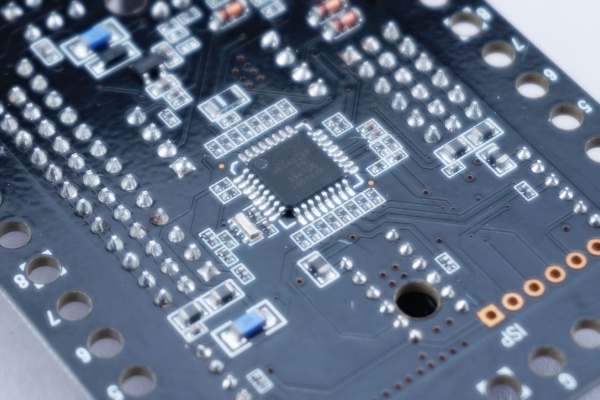
The defining characteristics of microcontroller (MCU) & its architecture
The microcontroller has a fundamental or a dominant role in the technological advancement that has designed modern life. Microcontrollers are tiny, versatile, cost-effective devices. Their easy implementation makes it possible for experienced electrical engineers and the students, hobbyists, & professionals from other disciplines can program it. Hence in the High-end electronic equipment, medical equipment, rugged industrial devices, and military & aerospace systems, these easily adaptable, inexpensive, user-friendly components are a great addition to any electronic product.
What Is a Microcontroller Unit (MCU)?
“Microcontroller” is a well-opted name as it emphasizes defining the characteristics of the product’s category. The term “micro” stands for smallness & “controller” means an ability to perform control functions.
A microcontroller unit (MCU) is an integrated circuit (IC) device used to control the other parts of an electronic system, generally through a microprocessor unit (MPU), memory, & few peripherals. These devices are grown for embedded applications that need both processing functionality & agile, analog, responsive interaction with digital or electromechanical components.
The elements of a microcontroller unit:
A microcontroller incorporates a central processing unit (CPU), nonvolatile & volatile memory, peripherals, & support circuitry.
The central processing unit (CPU):
The CPU does arithmetic functions, manages the data flow, & generates control signals according to the series of instructions developed by the programmer. A very complex circuitry required for the operation of the CPU is not noticeable to the designer. Thanks to the integrated development environments & high-level languages, for example, the writing code for the microcontroller unit is often a pretty straightforward task.
Memory:
Nonvolatile memory works to store the microcontroller’s program and, i.e., a list of the instruction of machine language that tells the CPU what to do precisely.
Volatile memory (i.e., RAM) works to store data temporarily. This data is lost when the microcontroller unit loses power. Internal registers also offer temporary data storage, but we don’t consider these in isolation from functional blocks as they are integrated with the CPU.
Peripherals:
The word “peripheral” explains the hardware modules that assist an MCU in linking with the external system. The following points identify the several categories of peripherals with examples.
- Data converters: analog to digital and digital to analog converter, the reference voltage generator
- Clock generation: crystal drive circuitry, internal oscillator, phase-locked loop
- Timing: usual timer, external-event counter, real-time clock, pulse-with modulation
- Analog signal system: analog comparator, operational amplifier
- Input/output: parallel memory interface, typical digital input & output circuitry
- Serial communication: USB, SPI, UART, I2C
Support circuitry:
- MCU incorporates a diversity of functional blocks that couldn’t be known as peripherals as their main aim is not to communicate, monitor, or control external components. However, they are critical as they support the device’s internal operation, simplify the implementation, & improve the development process.
- Debug circuitry lets the designer carefully monitor the MCU while executing the instructions. This is a required method of tracking down the bugs & optimizing the performance of firmware.
- Interrupts are a precious aspect of the functions of MCU. Interrupts are generated via external/internal hardware-based events, & they cause the processor to respond immediately to these events by executing a particular group of instructions.
- A clock-generation module can be known as a peripheral if designed to produce signals outside the chip. Still, in several cases, the fundamental purpose of an MCU’s internal oscillator is to offer a clock signal for the CPU & peripherals.
- Microcontrollers can include diverse power-supply circuitry. Integrated voltage regulators authorize for on-chip generation of essential supply voltages, and management of power modules can be used to minimize the device’s current consumption throughout inactive states.
Read More: Cpu Cooler for Ryzen 9 7900x
With a solid foundation in technology, backed by a BIT degree, Lucas Noah has carved a niche for himself in the world of content creation and digital storytelling. Currently lending his expertise to Creative Outrank LLC and Oceana Express LLC, Lucas has become a... Read more